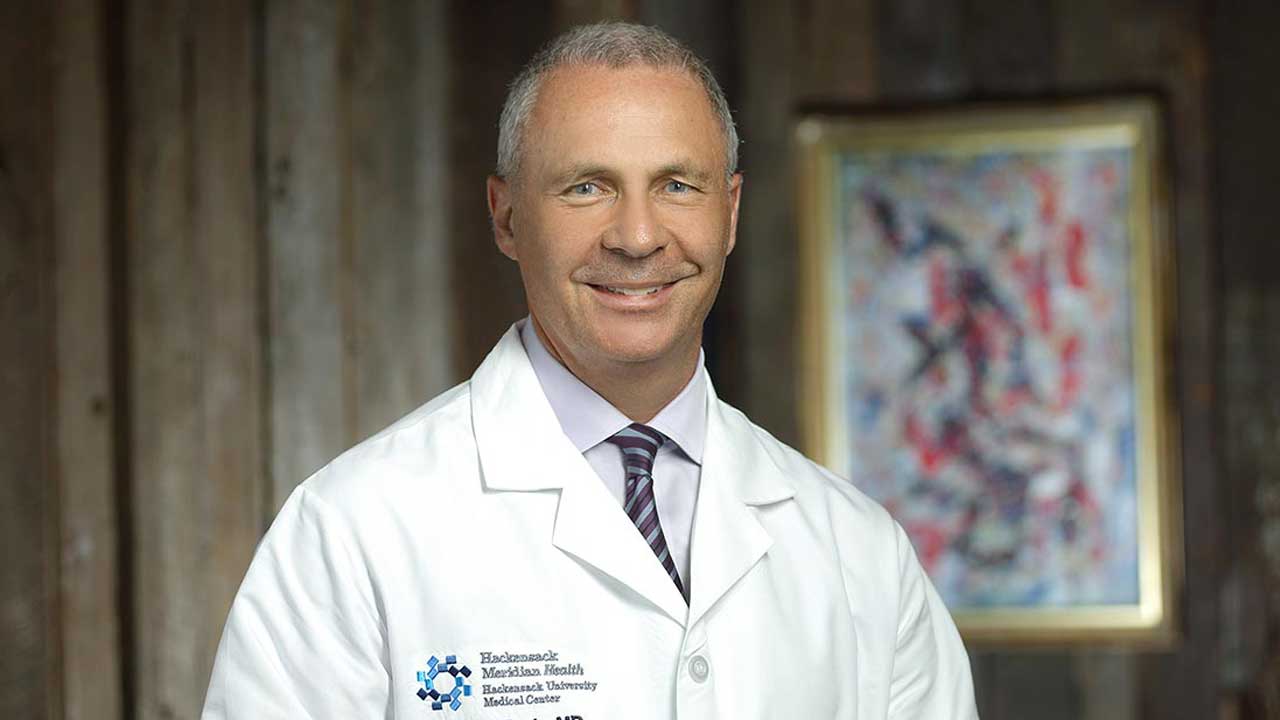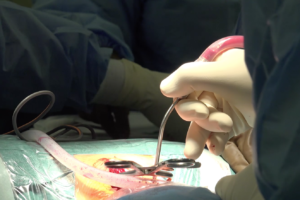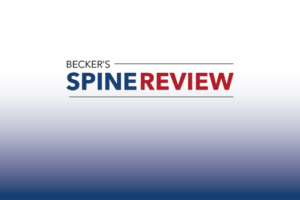
While back pain is extremely common, there are many misconceptions about what causes it and how best to alleviate it. To help clear up the confusion, I’ve assembled this list of some of the most common misconceptions I’ve encountered when interacting with patients at New Jersey Brain and Spine:
“My back pain must have been triggered by an injury.”
While some patients experience back pain due to exercise or another activity, many other patients develop it naturally. In fact, most people will encounter back pain at some point in their lives, perhaps due to humans walking on two feet.
Since patients experience back pain for many different reasons, it can be difficult for physicians to identify the specific anatomical source. Further, MRIs don’t always reveal the problem.
This is one of many reasons it’s important for patients suffering from significant and/or long-lasting back pain to consult with an experienced physician. At New Jersey Brain and Spine’s Comprehensive Spine Center, our multispecialty team has cared for thousands of patients. We treat the full range of spinal disorders—from back pain, herniated discs, and degenerative conditions to complicated spinal tumors, vascular malformations, and scoliosis.
“My back pain will go away on its own.”
It is probable that back pain will ease without any intervention, but patients often feel only partial relief and are at risk of recurring pain.
Exercise is a great way to treat mild back pain and prevent it from returning. To learn about how to use exercise to ease and prevent back pain, see this recent article by my colleague Dr. Peter Schmaus, a physical medicine and rehabilitation physician.
Keep in mind that you should always seek out an evaluation from a physician if you are experiencing debilitating back pain, pain that persists, pain that radiates to your arm or leg, or pain that is accompanied by tingling or weakness.
“I should avoid exercising since I’m recovering from back pain.”
Patients often think that limiting exercise will help keep their back safe. While physical exertion too early in the recovery process can create additional back pain problems, not exercising can also impede recovery. The key is finding the right balance. Patients tend to err on the side of overcaution.
I often recommend that patients begin exercising early in the recovery process, starting slow with about half of the activity they think they can handle. Also, while stretching is beneficial to patients in recovery, I advise focusing on strengthening exercises that involve keeping the back straight.
If you are recovering from a significant back injury or spine surgery, it’s best to consult with a physician prior to engaging in exercise. At New Jersey Brain and Spine, we collaborate closely with an expert team, including physiatrists and physical therapists, to identify the best approach for each patient.
“Running is not good for my back.”
Patients often believe that running, or other high impact aerobics, can increase the risk of back problems. This misconception is further propagated by doctors! However, at New Jersey Brain and Spine, we’ve seen that runners’ spines are often in better shape than non-runners’. This is one reason I often recommend that patients make running, or other aerobic exercises, part of their exercise routine.
Patients should also focus on strengthening the front, side, and back core muscles. In fact, the back muscles are the most important and often underdeveloped. This is often exacerbated by desk sitting (which can cause a hunched position). Core muscles respond most to endurance exercises, so I recommend engaging in routines that incorporate higher reps with lighter weights.
If you are experiencing back pain, physical activity may help. Find a specialist who can help guide you through the process and work with you to find the best treatments and exercises for your condition.
Patrick A. Roth, MD, is one of the leading surgeons in the country for the treatment of spinal disorders and a co-founder of New Jersey Brain and Spine. In practice for more than 25 years, he is a strong advocate for minimally invasive surgery and the use of nonsurgical methods to treat back pain. Dr. Roth also holds several leadership positions at Hackensack University Medical Center, including serving as chairman of its neurosurgery department. He is also Chair of the Neurosurgery Department at the School of Medicine at Seton Hall, Co-Director of the Spinal Surgery Division, and Site Director of the Neurosurgical Residency Program.


